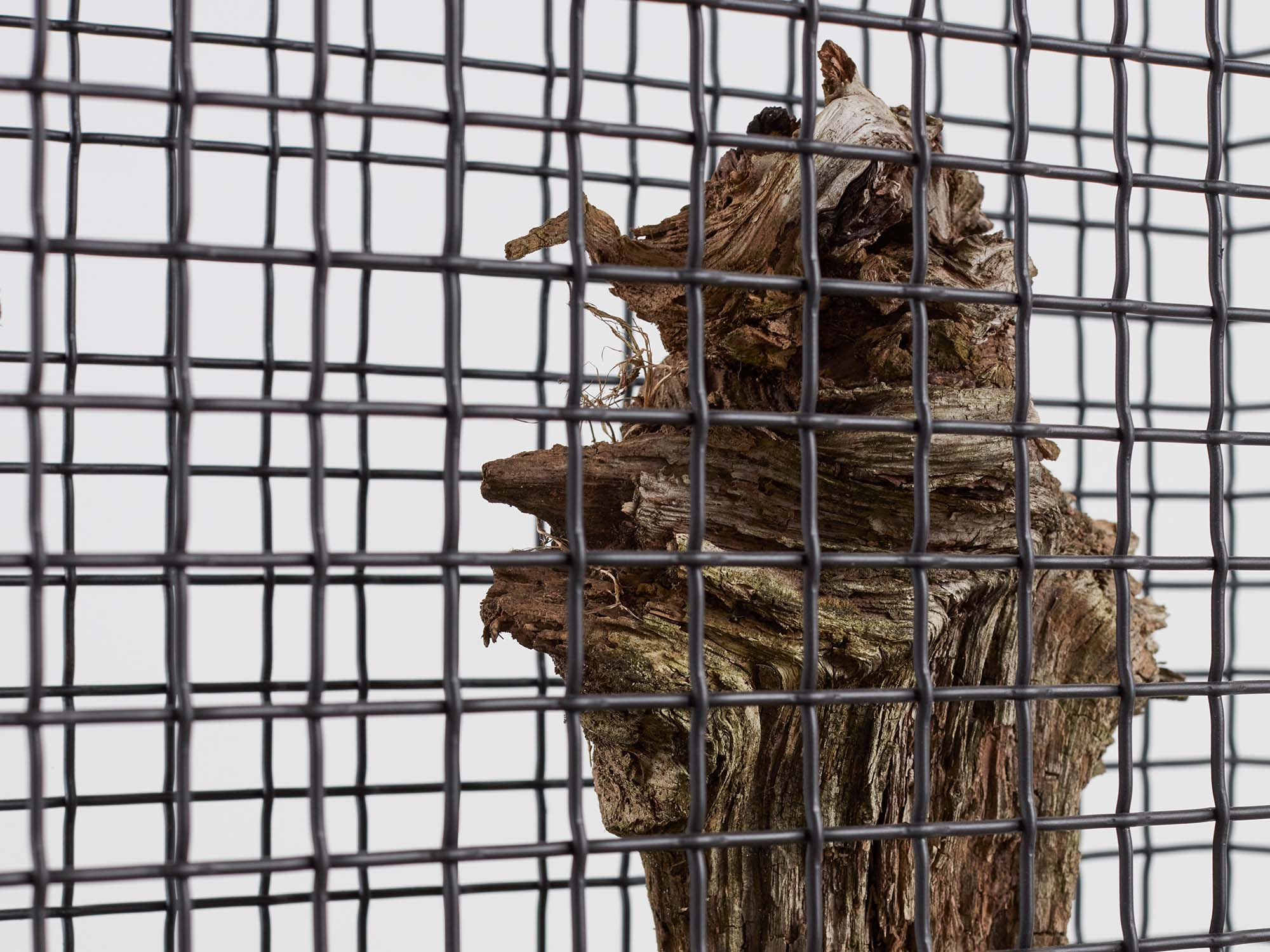By Salomé Gómez-Upegui
The works of art I never forget speak to me on a soul level. Beyond their formal elements, they ignite something enigmatic, serving as portals to connect with a force bigger than myself. The artists and designers who made them have, somehow, listened to a higher voice within, allowing themselves to serve as channels to bring forth a unique message.
From where I stand, discussing creative practice alongside spirituality is far from controversial. In the simplest terms, spirituality can be defined as the belief that our existence transcends materiality. This instinct is shared by innumerable and disparate philosophical views, ranging from animism to astrology to art itself. For many, creativity is a calling; it is spiritual belief that motivates people to create in the face of arduous circumstance, and why, as viewers, we may return to an object time and time again to find solace and meaning.
Despite all this, in the context of art history, transcendence has largely met with ridicule and disdain. In The Spiritual Dynamic in Modern Art: Art History Reconsidered, 1800 to the Present, historian Charlene Spretnak reflects on the myriad ways in which spirituality has been treated as a “non-subject.” Writer and art historian Jennifer Higgie also writes about the exclusion of spirituality in her latest book, The Other Side: a Journey into Women, Art, and the Spirit World. Higgie sheds light on how authorities like Alfred H. Barr Jr, the first director of MoMA, wrote this subject out of modern art history completely.
“Even though so many superb artists were making abstract paintings inspired by Spiritualism, he chose to ignore them—and misrepresent a historical moment.” Higgie writes. “The damage was done, his influence stretched far and wide.”
No matter. At the moment there is something in the air, as spirituality is becoming a more prominent subject in the overlapping worlds of art and design. Long-dead artists with practices strongly rooted in spirituality, like the British-born Mexican artist Leonora Carrington – whose book The Milk of Dreams was the central inspiration for the most recent Venice Biennale – or members of the American Transcendental Painting Group, like Agnes Pelton, are receiving levels of praise they wouldn’t have dreamed of during their lifetimes. Attention is being paid to the work of Indigenous artists, too, with all its immense wisdom. A wide range of vibrant contemporary artists and designers, including those featured in this show, are openly speaking about their belief in something beyond objectivity, and the way that transcendence has allowed them to devise new visual languages, make sense of our world, and even engage in discussion around critical subjects such as gender, environmentalism, and racial justice.
Spirituality is such a force that it’s no wonder the subject has often been monopolized by those in power. Through institutions and politics, ideas about the inexplicable have been used to generate fear, uphold dominant structures, and strip away critical rights. However, galvanized by creatives, this force can allow us to reimagine our broken realities, to move beyond the confines of reason, to dream of futures beyond what we’ve been taught is mandatory, or even possible. There is a one-of-a-kind opportunity for liberation here.
Some of the most interesting contemporary artists I have encountered over the years cite spirituality as a force in their process. Nick Cave, who describes himself as a messenger delivering the deed of a higher power, comes to mind. So does Loie Hollowell, who explores themes of sexuality and fertility through paintings that draw on tantric art, and defy the limits between figuration and abstraction; and multidisciplinary artist Carolina Caycedo, who investigates environmental and social issues by engaging in a rigorous practice that she calls “spiritual fieldwork.”
It does make sense that framing art and design as spiritual practices can open the door to the unexpected, the seemingly out-of-the-question. Take animism: the belief that every single thing that surrounds us possesses a unique spiritual essence. According to this interpretation of the world, the role of the artist or designer could be likened to that of a conduit in service of the spirits, bringing them into the material plane.
Art and design can also be a means for spiritual evocation in ceremonial contexts, a method to invite ritual into the mundane. Forms for lighting, seating, or storage, in particular, may serve as talismans or offerings, linked to a celestial realm. Acknowledging such a connection to a higher force can help us become more aware of the world that surrounds us, evolve toward a more conscious existence, and relate differently to the objects we decide to bring into our spaces, both sacred and profane. From this standpoint, the choice to collect art or design becomes a selection not just of a specific work, but of the energies with which we want to coexist.
This is a kind of function beyond functionality, or aesthetics; it suggests that design offers unique opportunities to connect with the present, with ourselves, with each other, our collective unconscious, perhaps even with other dimensions. Looking the lens of spirituality may even allow us to commune with creatives like Andrea Branzi, who, long after abandoning their physical bodies, live eternally in the works they have brought forth.
Ultimately, the incorporation of spirituality into art and design provides a depth that cannot be entirely explained, and perhaps should not be explained, but rather felt. The legendary American record producer Rick Rubin, in his book The Creative Act, puts it like this: “The spiritual world provides a sense of wonder and a degree of open-mindedness not always found within the confines of science. The world of reason can be narrowed, and filled with dead ends, while the spiritual viewpoint is limitless and invites fantastic possibilities.”
This essay was originally published in exhibition catalogue The New Transcendence, Friedman Benda, New York, NY, January 2013.










